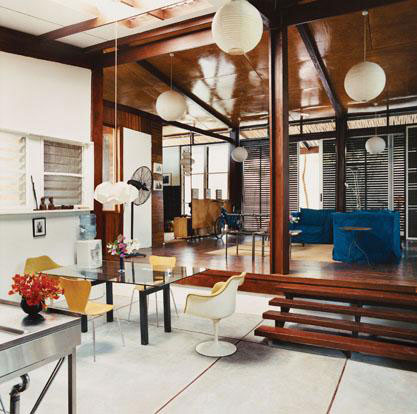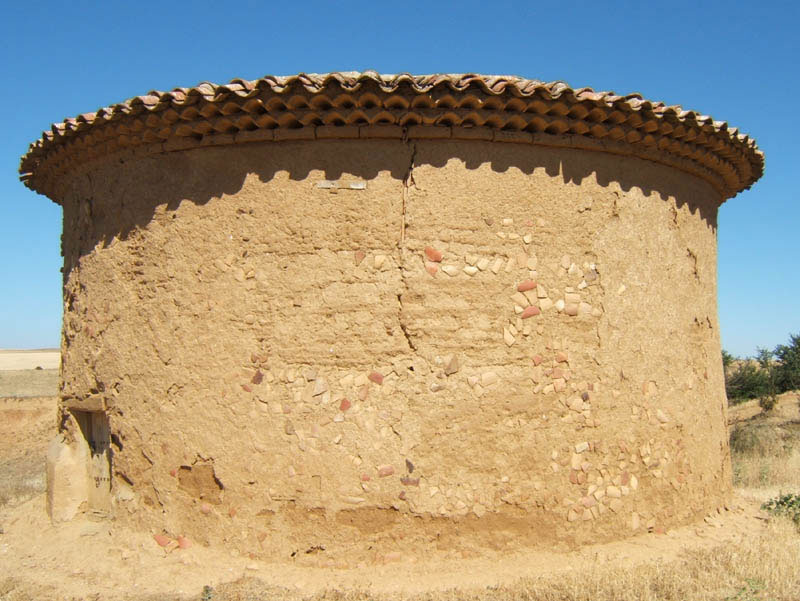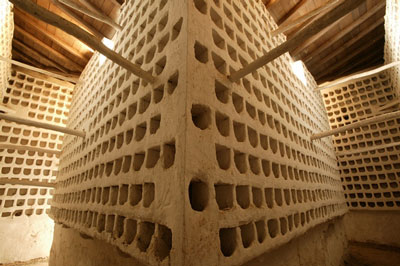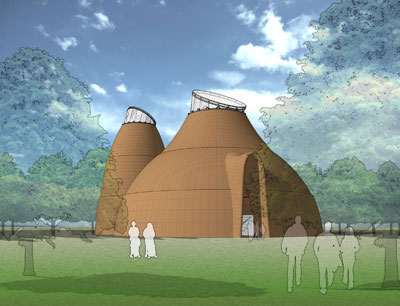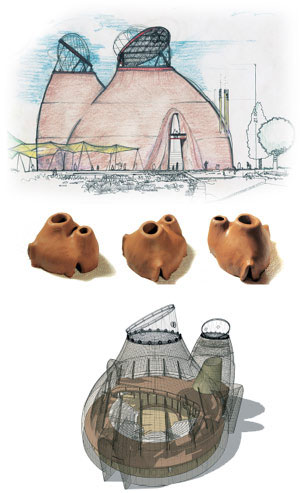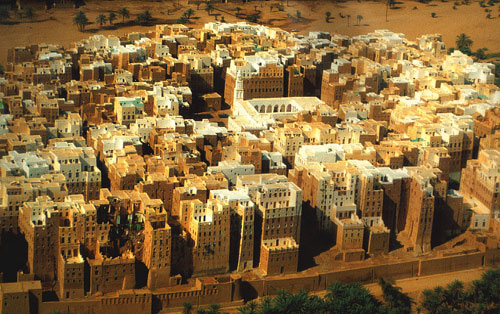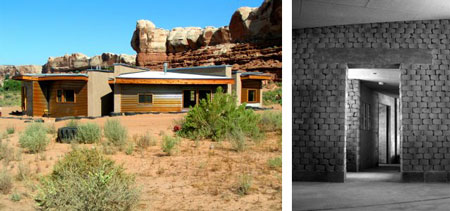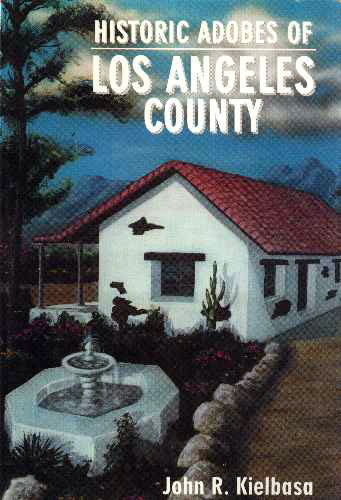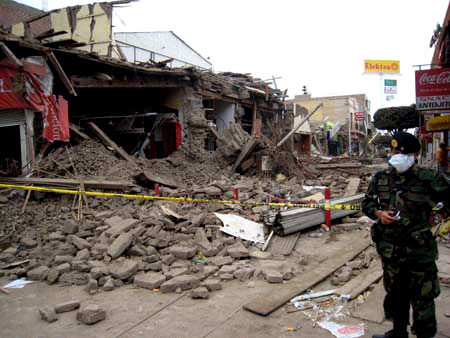
photo by Marcial Blondet
On Wednesday evening an 8.0 earthquake struck central Peru, devastating the Ica region of the Andean country. The official death toll from this unfolding disaster currently stands at 502 [as of 16 Aug — Ed.]; around four hundred of these were residents of Pisco, a city of over 100,000 near the epicenter of the main quake. Pisco is reported to have lost 80 percent of its homes.
Peru’s La Republic reported that Palomino had cautioned and warned homeowners not to rebuild their homes on their own despite the fact that they may have no other choice after so much neglect. Despite this, citizens in Pisco, Peru are informally building adobe houses as a way of recovering after the earthquake.
Dr. Marcial Blondet, a professor of at the Pontificia Universidad Catolica de Peru, an expert on seismic design for earthen buildings has written Earthquake-Resistant Construction of Adobe Buildings: A Tutorial as well as a number of important text on the performance of mud brick in earthquake zones, particularly in Peru. More resources about earthen architecture in seismic zones and the Peru earthquake can be found at the Earthquake Engineering Research Institute website.


